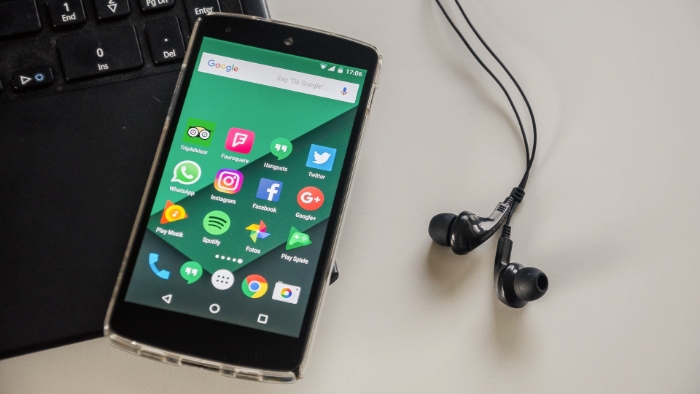There are ways to unsend that inadvertently sent message — under certain circumstances — but it’s worth knowing what’s possible, and what’s not possible.
While there’s many ways to communicate using your smartphone, the humble text message is still wildly popular, possibly because it’s absolutely ubiquitous, whether you’re sending messages from a very humble feature phone or the highest-end premium smartphone.
Which is great, and an easy way to communicate that even my Mum gets… but it’s not flawless.
Well, I say flawless, but the errors here are nearly always on us. Whether it’s sending the wrong message to the right recipient, the right message to the wrong recipient or simple but embarrassing spelling errors, I think we’ve all fallen victim to sending out a message we almost immediately regretted for one reason or another.
Wouldn’t it be nice to have a cancel button, to “unsend” that inadvertently rude or inappropriate message?
Well… for the most part you can’t.
Except when you can.
Yes, I know that’s confusing. Let’s go over the circumstances where you can, and the limitations inherent in the ways you can try to “unsend” a text message.
iPhone to iPhone (if you’re both on iOS 16)

One of the headline acts of the release of iOS 16 for iPhones was the ability to “unsend” a text message. That sounds like it would 100% fit the bill for why you’re reading this article, right?
Hit unsend, and your significant other need never know you were contemplating a divorce, your boss doesn’t have to know you want to quit… whatever it was you wanted undone would be undone, right?
Not so fast!
There’s some pretty big limitations in the way that the unsend function on iOS 16 devices actually works. The process is simple enough; simply tap and hold on the unwanted message and you should see an option to unsend it.
However, there are some big catches there. Firstly, you’ve got to do so within two minutes of sending the message.
After that, there’s a 15 minute window where you can edit the message, but not actually remove it. Two minutes is quite a long time, and of course it’s time in which the recipient can see the message before you blast it into oblivion.
There’s also a digital paper trail even if you do manage to unsend within that two minute span. So the recipient might not see the original message, but they will be notified that you sent something you later deleted.
The bigger catch here is that the person you’re sending it to has to be on an iOS 16 device too (or a similarly up-to-date iPad or Mac).
If they’re on an older iPhone, or they haven’t updated… then no, you can’t “unsend” that message at all. All they will see in that case is the original message and that you’ve tried to unsend it. Which in many cases, might make matters worse. If you’re sending to an Android phone, that’ll be via classic SMS, where you can neither unsend nor edit messages in any way.
The reason this works at all is because messages sent through iPhones actually use Apple’s own iMessage system rather than plain old SMS, so there’s a degree of server control in the early phases of sending. That need for up-to-date iMessage is exactly why this only works from one iOS 16 device to another.
What about Android?

There’s no particular way to “unsend” an SMS or MMS sent through Android devices, although if you broaden your definition of “messaging”, some platforms such as WeChat and Facebook messenger do allow you to unsend messages within certain timeframes.
Again, there’s a digital trail here because most will show some kind of prompt indicating where your original message was, and that you’ve deleted it.
What if I pull the battery or switch into AirPlane mode really fast?
Good luck with that — especially for most of today’s smartphones that use sealed batteries.
In theory if you had terrible signal and got a phone into Airplane mode very quickly before SMS sending started you might avert disaster, but SMS data packets are ludicrously tiny, and I wouldn’t want to bet on this saving your hide.
So what should I do to avoid messaging disasters?

The simplest way to avoid this kind of disaster is to train yourself to read over your messages before you send them… and even then, maybe count to six or something to make sure that it’s something you really want to send.
Also, accept that you’re human and typos will happen, as will autocorrect.
You probably aren’t as interested in mallards as autocorrect thinks you are, if you know what I mean.
Also, if you’ve had a few drinks, maybe now is not the time to go on a messaging spree. Just a thought.
How Do I? covers the basics, because we’ve all got to start somewhere.
